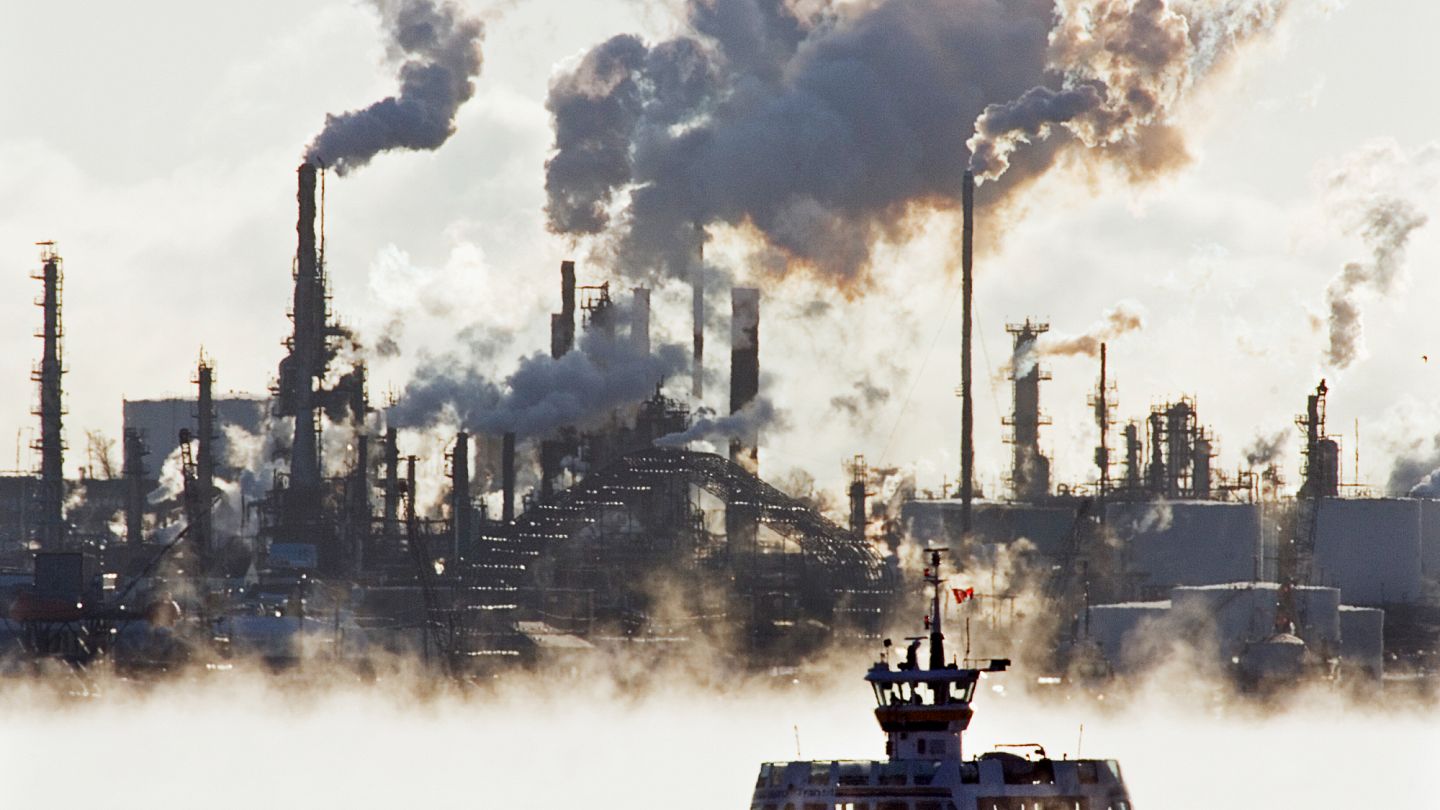US-China trade war: Fears of recession have caused oil prices to drop to their lowest level in the last 4 years.
With the escalation of the US-China trade war, crude oil prices are at their lowest level in four years. Other commodities sensitive to economic growth, such as iron ore and copper, have also declined in recent sessions due to a deteriorating demand outlook in the world's largest importer.
Crude oil prices fell for the fourth consecutive trading day on Tuesday amid intensifying fears of recession due to the deepening global trade war, reaching their lowest levels in four years. The extensive reciprocal tariffs implemented by US President Donald Trump have led China, now the world's largest oil importer, to face a 104% import tax. Since Trump announced the new tariffs, Brent crude oil futures have dropped more than 19%, falling to $60.41 per barrel, while West Texas Intermediate (WTI) futures have decreased by 20% to $57.06 per barrel, marking the lowest levels since March 2021. On Tuesday, China vowed to "fight to the end" following Trump's threat of an additional 50% tariff. The US, on the other hand, remains determined to implement the full 104% tariffs. The intensifying trade war between the world's two largest economies has triggered another widespread sell-off in risk assets. Dilin Wu, a market analyst at Pepperstone Australia, wrote in an email, "For China, tariffs can significantly reduce exports and industrial production, which are the two main engines of growth, and the technology and electric vehicle sectors could be particularly hard-hit. As a result, it's likely we'll see a drop in oil demand." He added, "The 104% tariff could push US inflation toward 4% even before accounting for other new tariffs. This would increase the likelihood of a deeper recession in the US." The agreement among eight key members of the Organization of the Petroleum Exporting Countries (OPEC) last week to accelerate the easing of previous production cuts has increased downward pressure. Meanwhile, Trump's "secondary tariffs" on major oil exporters like Venezuela, Iran, and Russia could offset some of the production increases. However, recession fears are currently overshadowing geopolitical tensions. In this context, the US Energy Information Administration postponed the release of its monthly Short-Term Energy Outlook report, which was scheduled for Tuesday, citing the need to "re-run our models to account for the latest market developments," and announced that the report would be published on Thursday. In light of the deteriorating outlook, Goldman Sachs lowered its Brent crude oil forecast to $40 per barrel by year-end, indicating a further 36% drop from current levels. However, Wu also noted that any signs of a thaw in the trade conflict could trigger a recovery: "Short positions are already quite stretched, so the market could pull back on any signs of a thaw." China is also expected to ramp up both fiscal and monetary stimulus efforts. At its annual meeting in March, Beijing reaffirmed its GDP growth target of 5% for 2025 and announced new stimulus measures in the face of rising US tariff threats. The government also raised the budget deficit target to 4% of GDP, the highest level in 30 years. Analysts expect more policy support to be announced soon, particularly in response to the trade war.
Not only oil but other growth-sensitive commodities have also experienced sharp declines in recent sessions due to weakening demand expectations amid the total trade war. Copper futures on Comex have dropped 19% since April 3, falling to $4.07 per pound, the lowest level since January. Iron ore futures on SGX (62% Fe Fines CFR China) have decreased 7% during the same period, reaching their lowest level since September 2024. As investors sold off their assets to offset losses in risk assets, spot gold lost 6% since last Wednesday, while silver dropped 13%. The decline in industrial metals and critical minerals has negatively impacted mining stocks globally. Shares of BHP Group, the world's largest miner based in Australia, fell 11% over the last four sessions, reaching their lowest level since October 2020, while Rio Tinto's shares decreased by 9%, hitting a seven-month low. Josh Gilbert, a market analyst at eToro Australia, remarked, "The unfortunate thing is that if China sneezes, Australia is likely to catch a cold." In Europe, shares of Swiss mining giant Glencore fell 16%, reaching their lowest level since December 2020, while UK-listed Anglo American PLC lost 14% during the same period, marking a one-year low.


